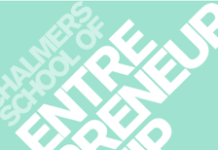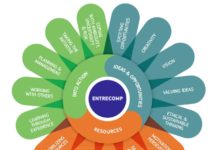A key aspect of good teaching is how to manage the delicate balance between teaching of standardized curriculum content and attending to each individual student’s needs, abilities and learning pathways. Good teachers constantly adjust the curriculum towards their students by adapting and connecting. They nudge and scaffold their students to motivate them to learn the curriculum content. Value creation pedagogy can help teachers in these crucial movements between different pedagogical approaches, answering questions such as: When is it time for traditional teaching? When is it time for more engaging pedagogies that let students apply their knowledge in practice?
The traditional versus progressive pedagogy debate
The balancing act described above is rooted in centuries of fierce educational debate around which of two opposing pedagogical extremes is the “best”. Should teachers focus on traditional lectures, books and exams? Or should they focus on progressive pedagogy, i.e. on coaching their students in creative and engaging problem solving in teams? The bad news is that there is no “right” answer to these questions. The good news is that those teachers who manage to balance the traditional versus progressive pedagogy divide, at least can catch a glimpse of “best”. It is when teachers vary their pedagogy that they have a chance to reach all their students in the “best” possible way.
Bridging the divide through a value creation process
Teachers can use value creation pedagogy to support them in pedagogical variation. When teachers let students learn through creating value for others, they let them engage in a five-step process that balances between traditional and progressive pedagogy. The figure below shows how a value creation process starts in the classroom, letting students generate possible answers to the question “For whom is this knowledge valuable today?”. Then they continue towards traditional education in a search for facts and basic knowledge needed to succeed in creating the value they have envisioned. In the third step, they need to get creative in teams and try to articulate a more explicit value hypothesis. The fourth step includes real-world interactions to try to create the envisioned value. Finally in the fifth step, they return to the classroom and summarize what they have learned. This is facilitated through the reflective question “For whom was this knowledge valuable?”. Here the process starts over again, if time permits.









